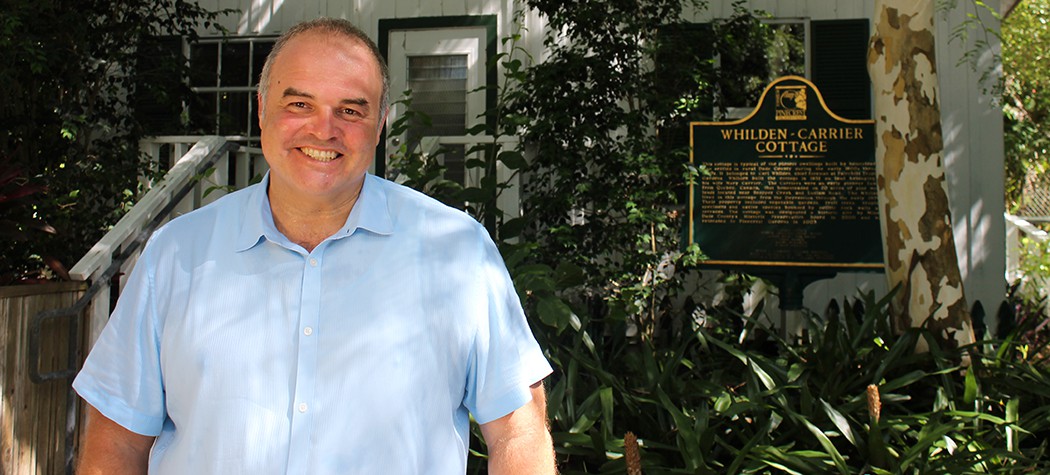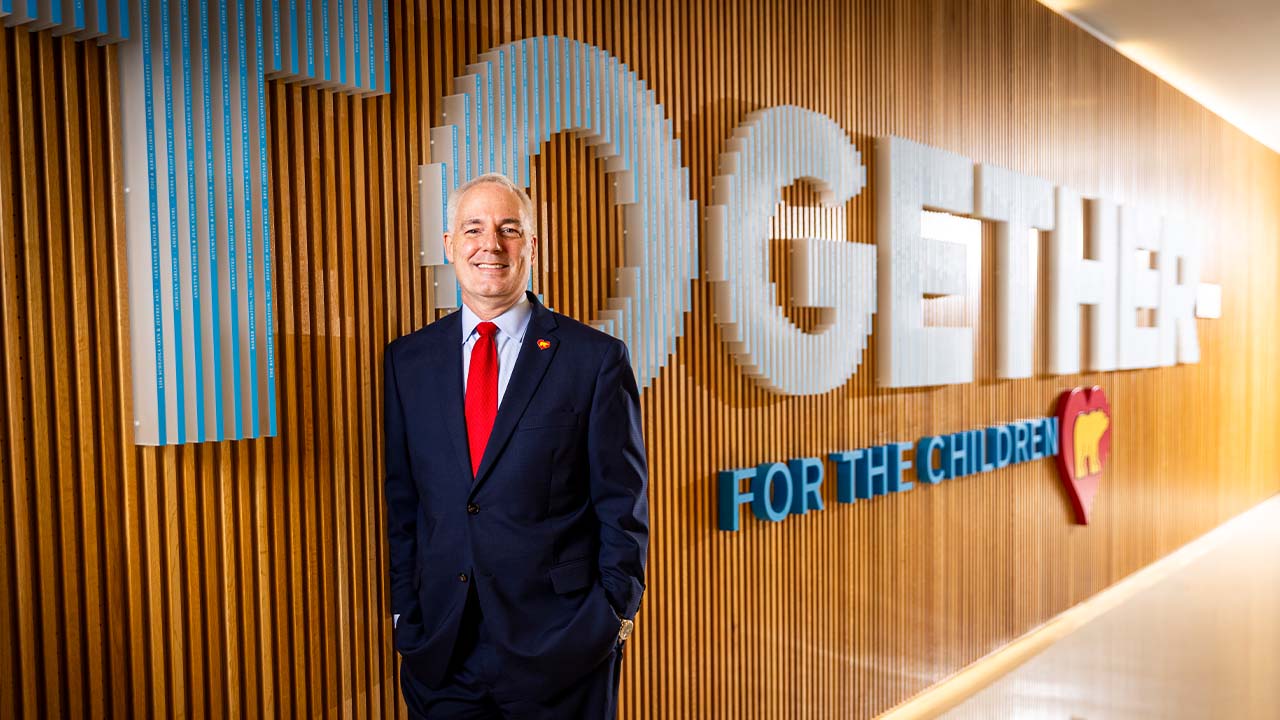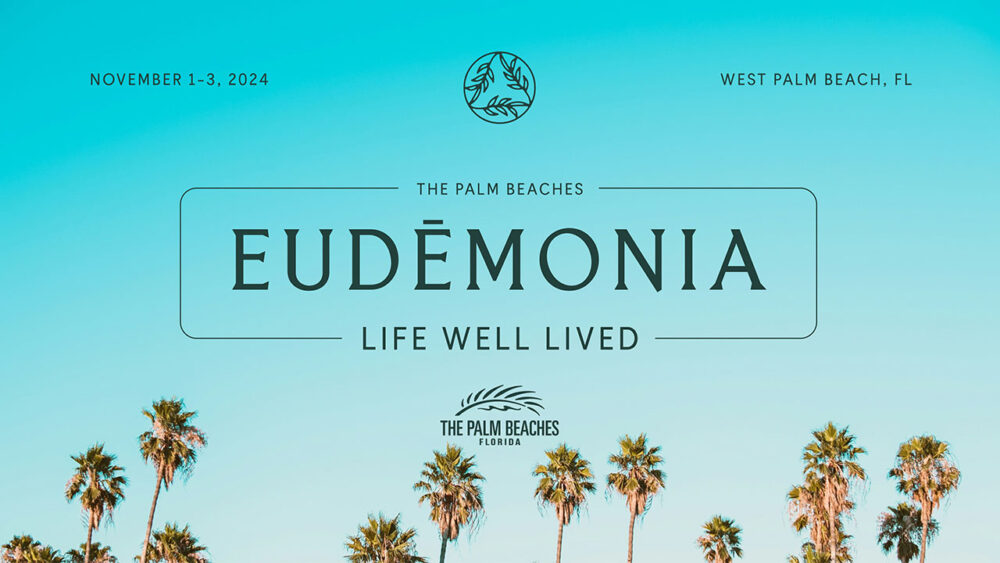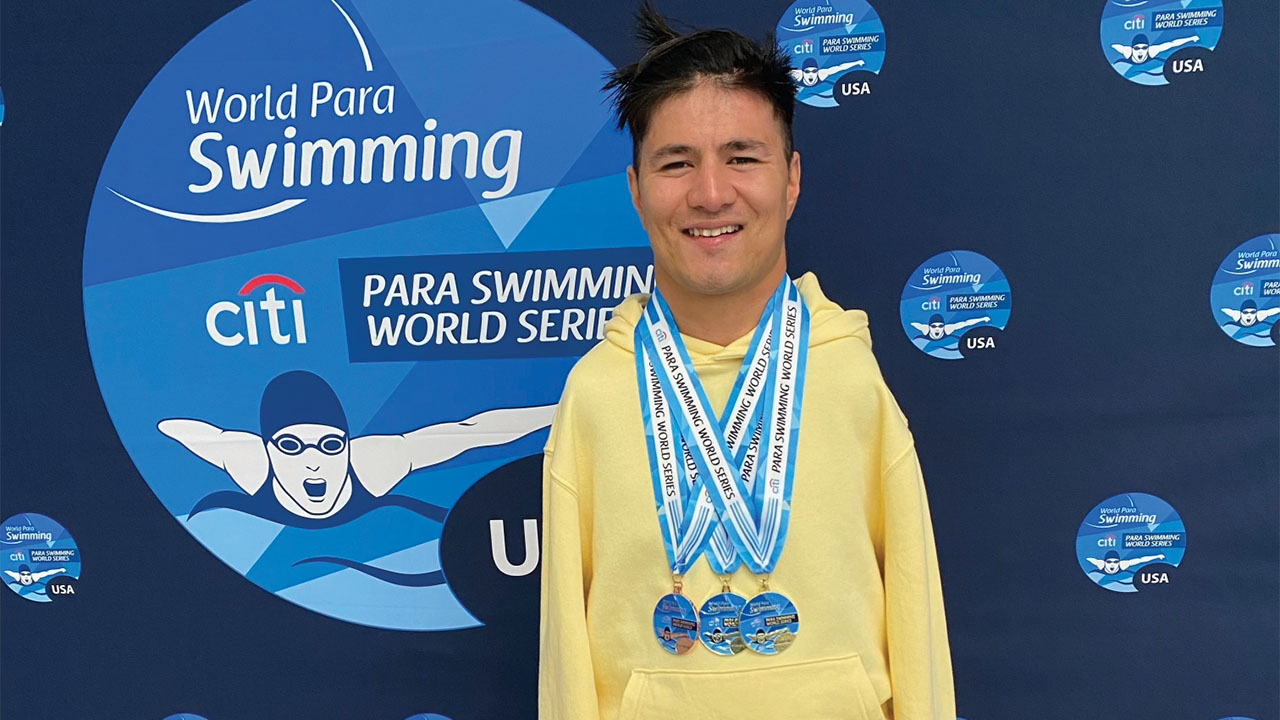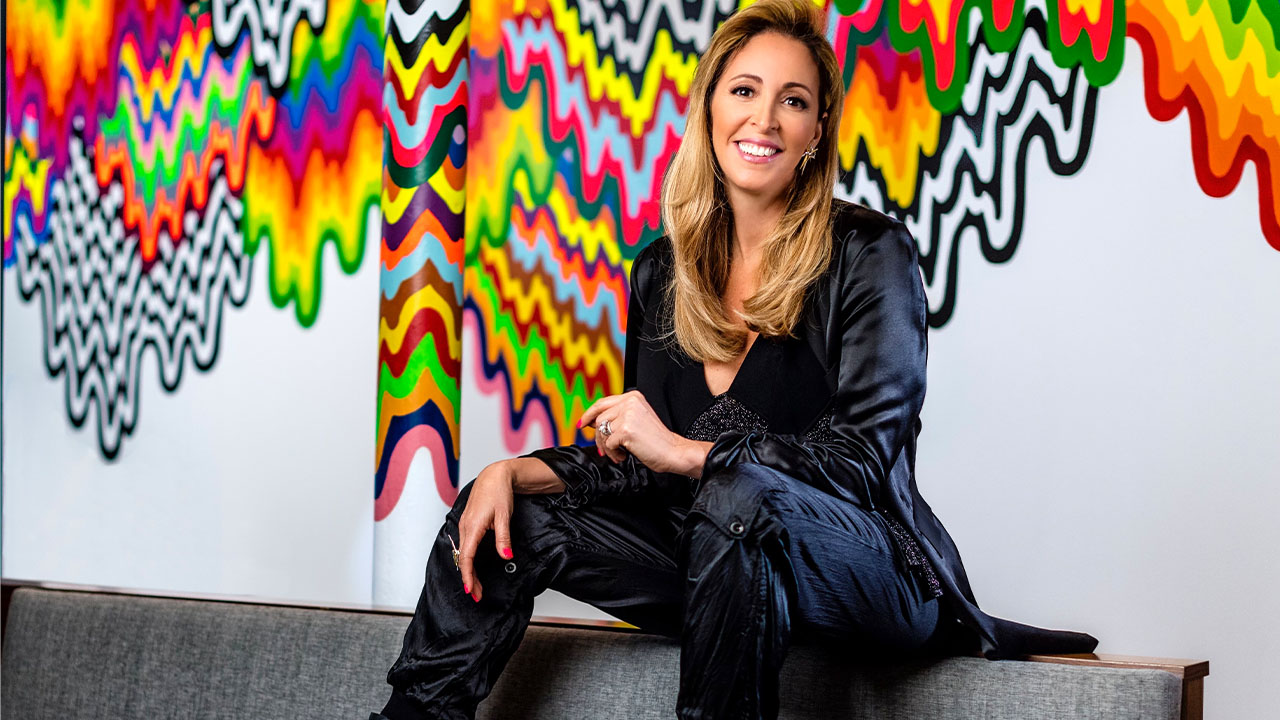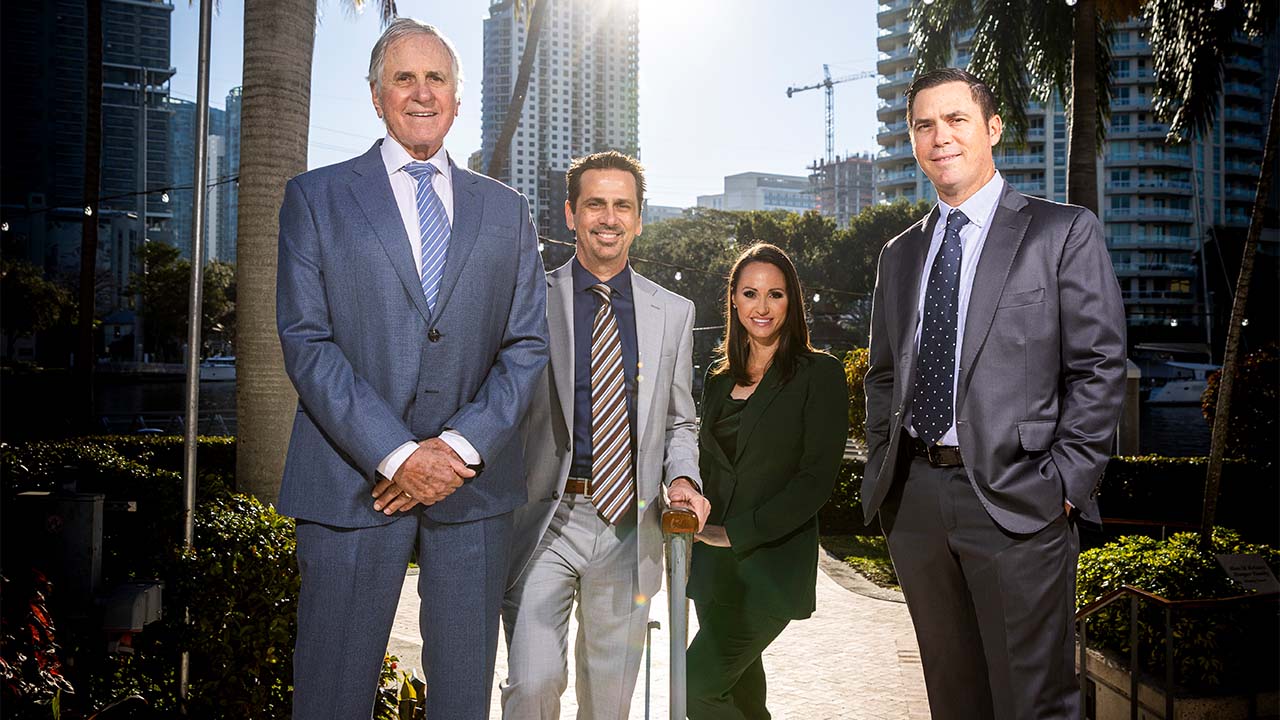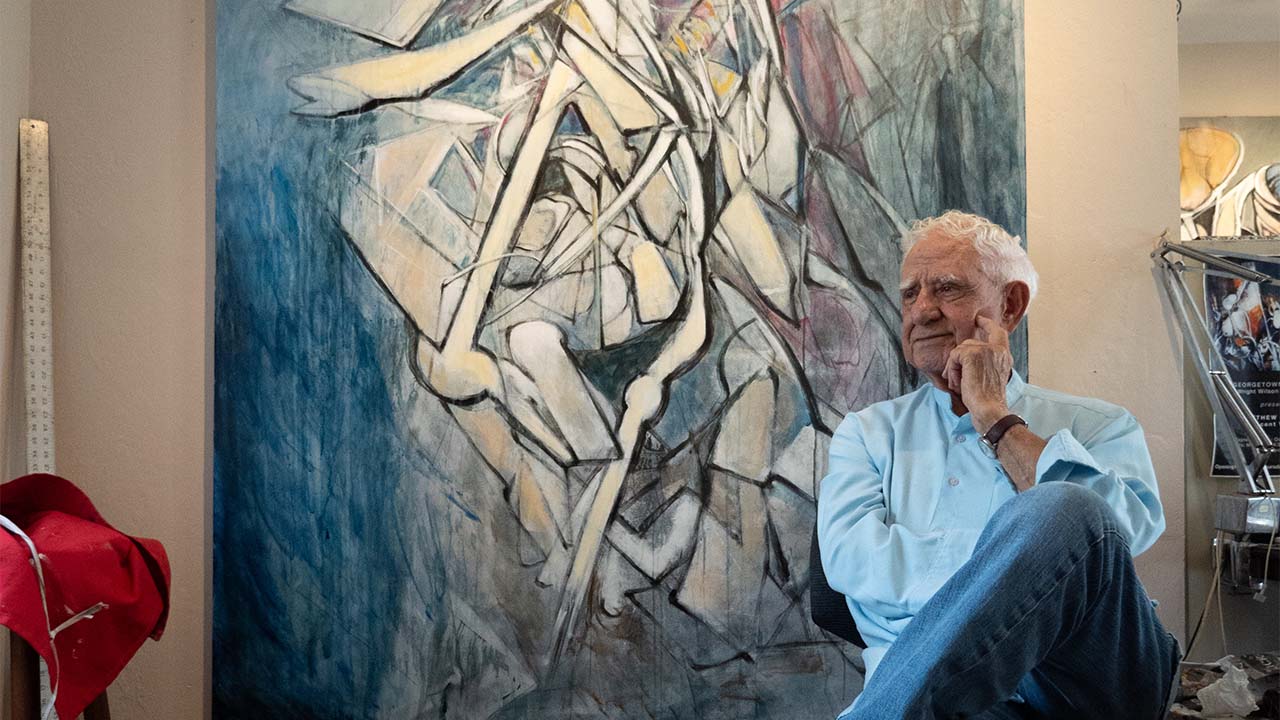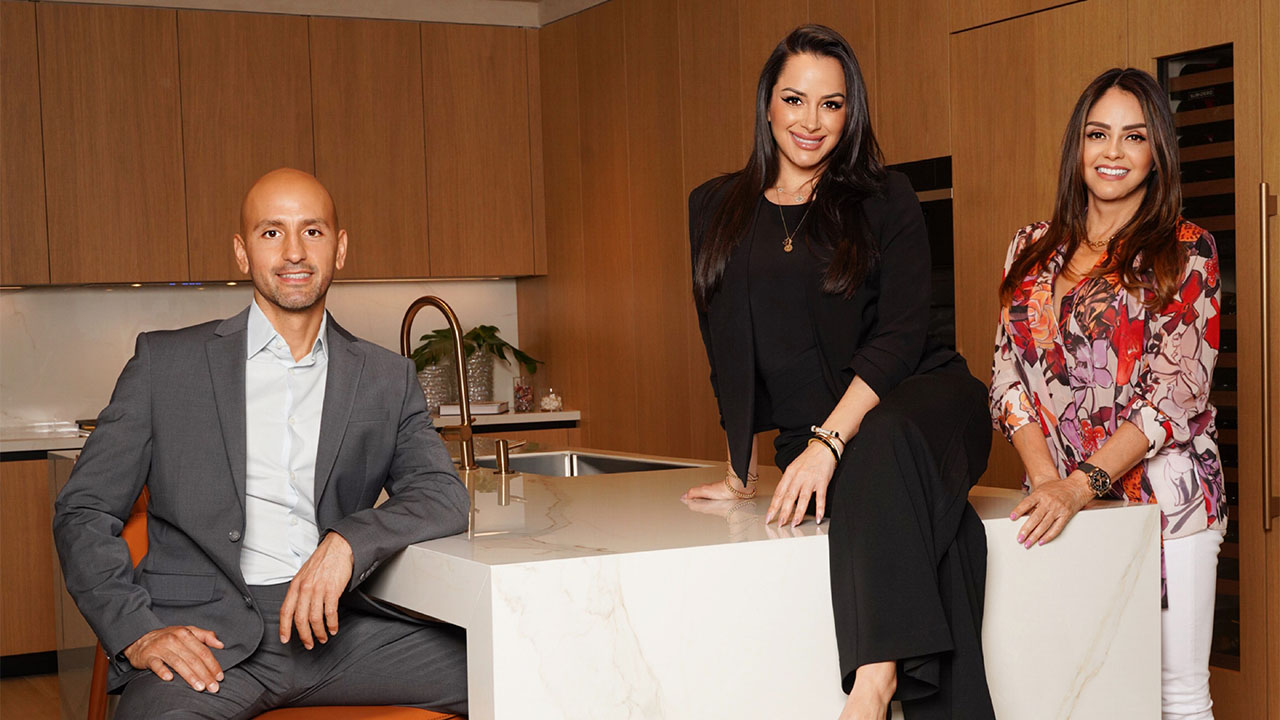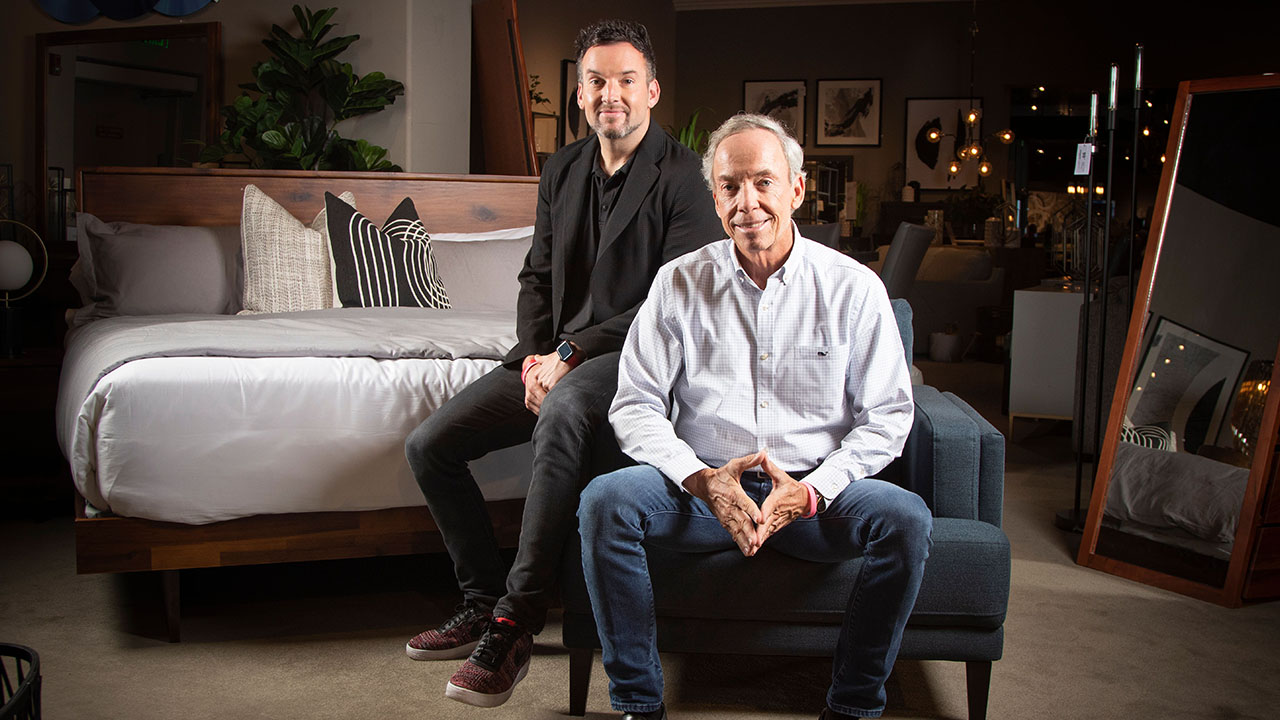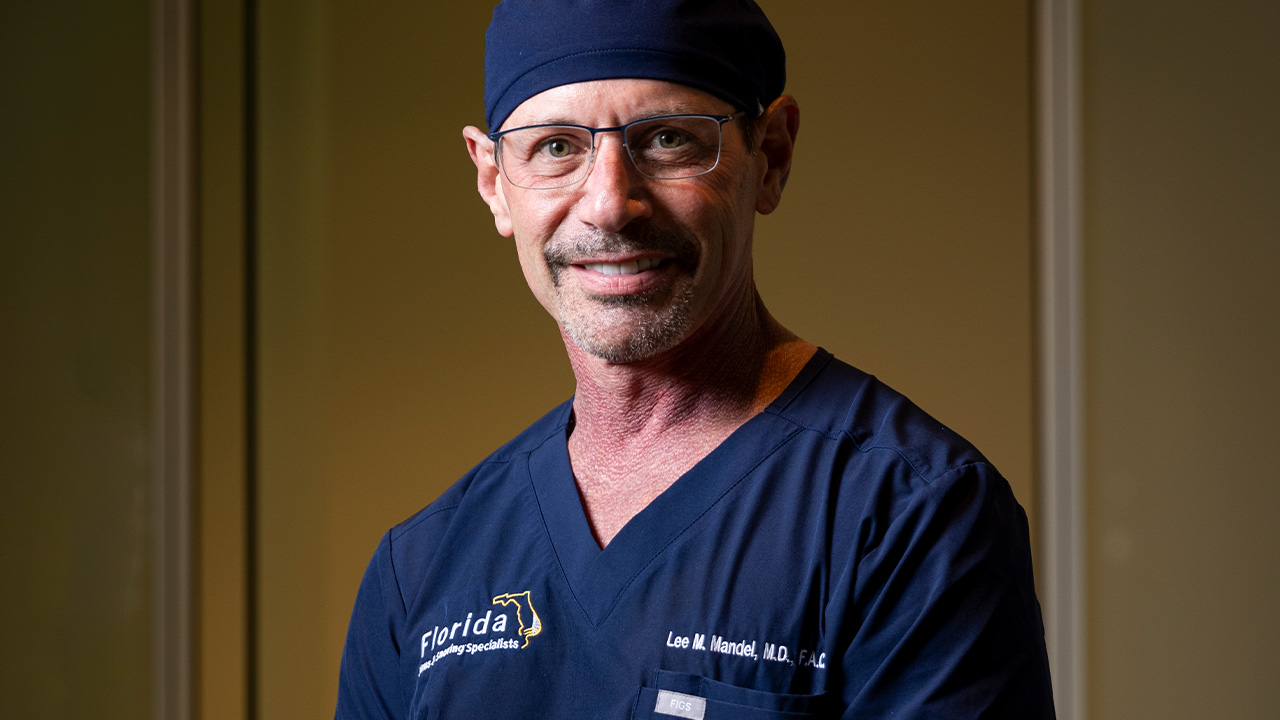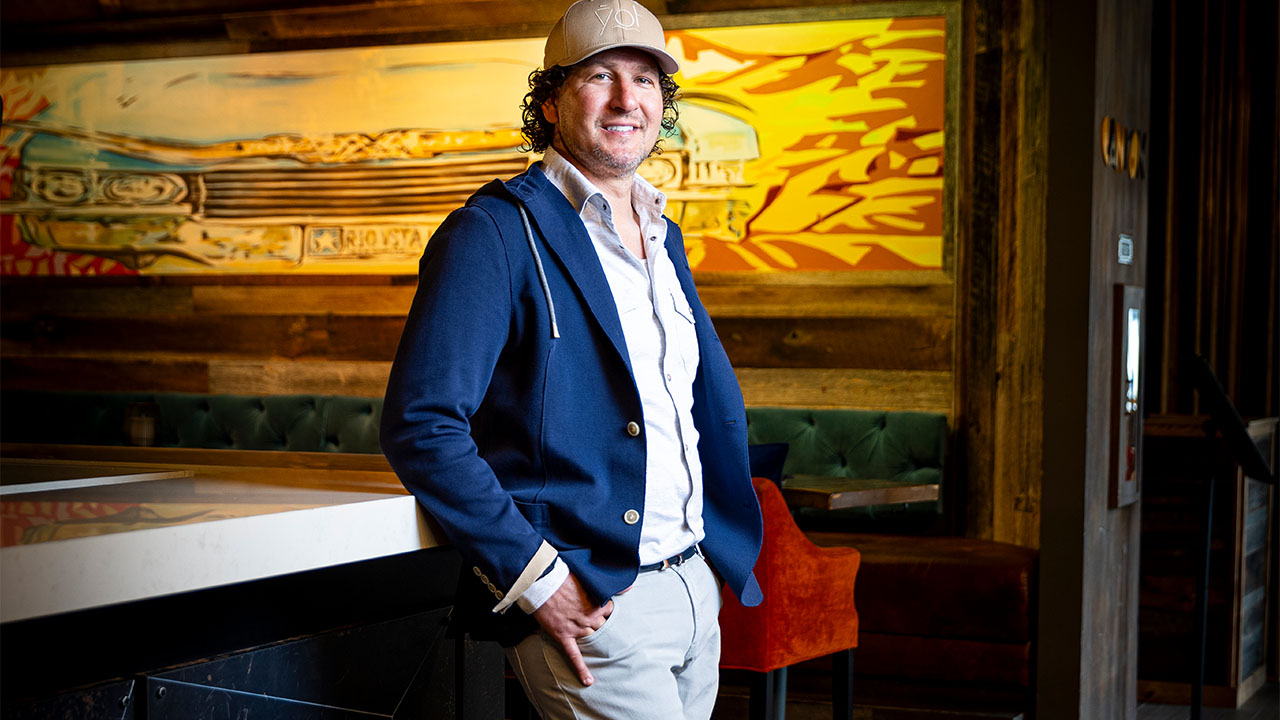Though Xavier Cortada has created art around the world, working at Pinecrest Gardens holds a special appeal to him. He can immerse himself in the nature that inspires his work as the Gardens’ new artist in residence.
Cortada, 53, creates paintings, murals, mosaics, installations and more that reflect nature’s beauty and encourage viewers to protect it. “Florida Is … Nature,” on display until Oct. 8, is a collection of replicas of his public work commissioned over the past decade, including pieces along Florida’s Turnpike that depict the state’s natural habitats. Cortada had the idea to include viewers’ photographs of Florida nature, uploaded to floridaisnature.com.
The University of Miami graduate—who earned three degrees, including a law degree—also will bring some of his international art to the gardens. During a residency with the National Science Foundation, he created a piece called “Longitudinal Installation,” a ritualistic work in which he captured 24 voices from people across the world who have been affected by climate change. He recited their quotes standing where the longitude of their home converges at the South Pole to represent how people are interconnected by environmental issues. A representation of the work will be installed behind the Gardens’ Banyan Bowl.
Future exhibits include “Clima,” with works by Cortada, John Bailly, Michael Gray and Grethen Scharnagl that address sea-level rise (Oct. 12-Nov. 19); “Epoch” (Nov. 23-Jan. 14); and “The Miami River Project,” a group exhibit by Art Sail (Jan. 18-Feb. 19). “We hope to have visitors not just walk around and see beauty, but better understand that beauty, be inspired by it and become actors, stewards, protectors of their environment,” Cortada says.
The Palmetto Bay resident, also an artist in residence at Florida International University, speaks about his art and his residency.
1. What inspires you?
I’m interested in using my practice as a way of engaging fellow human beings in a conversation. What inspires me is the ability to do that in innovative ways and use all the tools in my arsenal to communicate my ideas to effect change. I am mostly interested in doing that around environmental issues, but I’m really not that interested in how many mangroves are planted. I want to create engaged citizens who are going to act, think and vote in ways that preserve not just the wetlands where mangroves live, but ecosystems across South Florida.
2. Do you think artists have a responsibility to serve the greater good?
I think that your task as an artist is to move humanity forward, much like art did to humanity as we evolved and were able to put abstract thoughts together and create objects and pieces that communicated those thoughts that allowed us to compete against other species on this planet and then eventually populate and dominate it. Artmaking, at the end of the day, is what made us human.
3. How did your degrees contribute to your work as an artist?
I studied science and psychology and was curious, open to my environment. I remember going on camping trips with my professors to the Everglades, snorkeling in John Pennekamp Coral Reef State Park with my fraternity brothers, and also, as a child, walking in Key Biscayne with my dad and having him show me the mangroves and the different species that were also native to his fishing village in Cuba. Those studies, more than anything, taught me how to think. For a person who has a career that uses art to teach people how to think and how to act, having varied, multiple degrees, multiple perspectives, experiences … enriches your life and allows you to better understand yourself in the context of others and in the context of your society and your time.
4. What do you see in the future of Miami’s art scene?
I see artists who, inspired by the different currents of artmaking and art traditions that come through Miami, create a voice of their own called “the Miami School” that is going to be more in tune with nature and engage their community, [which] has to wrestle with the problem that will lead to the inevitable displacement of everyone who lives in South Florida. … Whether it was Julia Tuttle because of tuberculosis or my parents because of Castro, people have always come to Miami to rebuild, and what I hope the Miami School movement does is understand the role of nature so that Miami grows in generations to come. To me, what these artists will do is use art to define Miami not as a place, but as a process.
5. What else do you want people to know about your residency?
It’s a joy to come to a place I first knew when I was a child and to be able to, through my art, offer those who visit this location a perspective to nature. I hope that my residency allows me to build on that as a way of giving back. To be able to come to this beautiful paradise as a child and be inspired, and to come back to that same location as a platform to let people understand what Florida is, which is nature, is very gratifying to me.



